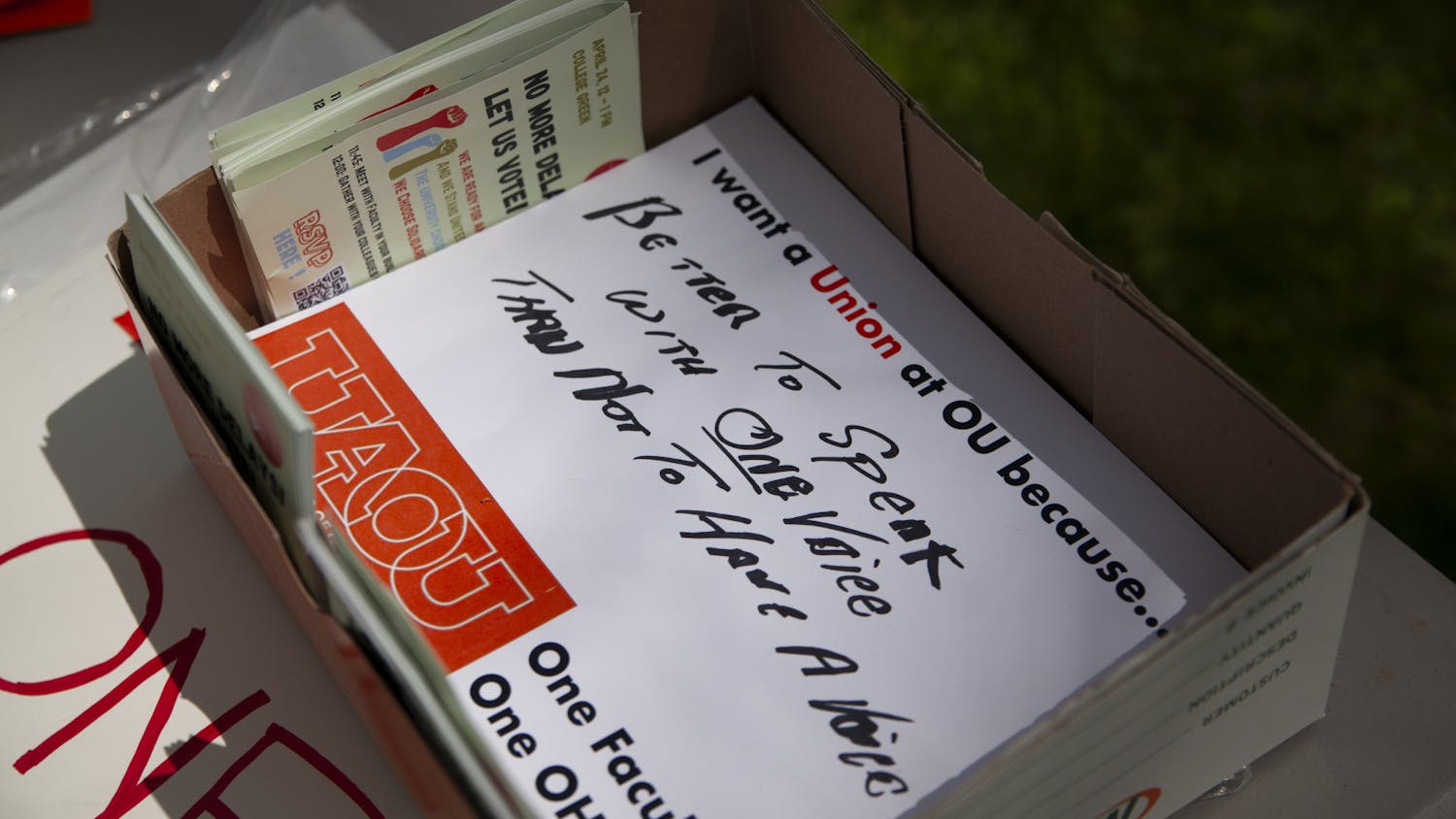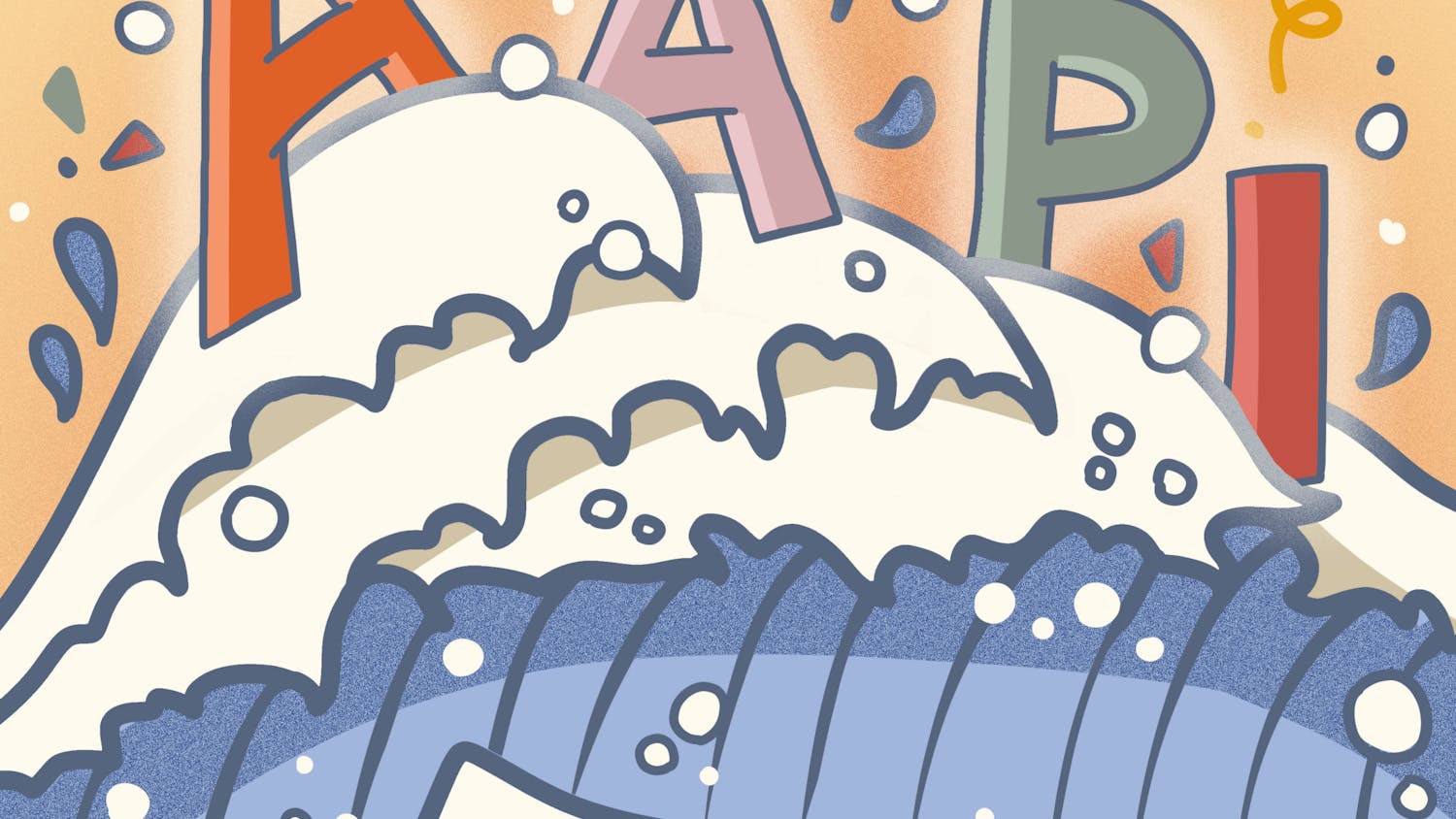The vinyl revival is exploding. Walmart is carrying vinyl, bands are pressing their new albums again and Record Store Day is nearing national holiday-levels of celebration. Owning vinyl lets listeners connect with the music physically. But that physicality comes at a cost: plastic waste.
Nostalgia and aesthetics play a role in the resurgence of vinyl. People who grew up with vinyl are learning about the technology that makes their records sound best, while newer generations are discovering the magic of opening and dropping the needle on a new record for the first time.
Father John Misty, in his song “Now I’m Learning to Love the War,” says it best: “Try not to think so much about / the truly staggering amount / of oil that it takes to make a record / All the shipping, the vinyl, the cellophane lining, the high gloss / the tape and the gear…”
He’s right — there’s an absurd amount of plastic that goes into recording, pressing and distributing a record. Records are made from a plastic substance called polyvinyl chloride, or PVC. PVC is a plastic derived from crude oil, meaning each record uses nonrenewable and largely non-recycled materials.
There’s an estimated 160 million vinyl records produced every year, and at least half of them are produced in five pressing plants, according to a Guardian report. Those five pressing plants have seen the rise and fall of vinyl. And now, during the revival, they once again are pressing and repressing copies.
It seems wasteful that those plants are repressing records from bands like Pink Floyd and Bob Dylan when so many original presses of those same records are floating around second-hand stores or antique malls.
Record collecting is all-around more ethical if listeners are finding their old records used. It’s possible, through websites like Discogs or just some hard work at a record store, to find most classic albums second-hand.
Digital music also can help end excessive represses. Vinyl enthusiasts might resent it, but digital music sounds just as good as vinyl. And it doesn’t have the plastic waste.
Of course, there are upsides to the vinyl revival. More money from vinyl sales go back to small artists on small labels when listeners buy their records, rather than just listening on Spotify. But represses of Pet Sounds on sale at Walmart or Amazon can have serious environmental consequences.
The vinyl revival is an important cultural phenomenon where old and young generations are rediscovering their love for vinyl. But there are ecological consequences to buying records. Buying used records keeps old Bob Dylan off the presses and on the turntable, saving Earth’s nonrenewable resources.
Shelby Campbell is a junior studying strategic communication at Ohio University. Please note that the views and opinions of the columnists do not reflect those of The Post. Want to talk more about it? Let Shelby know by tweeting her @bloodbuzzohioan.






